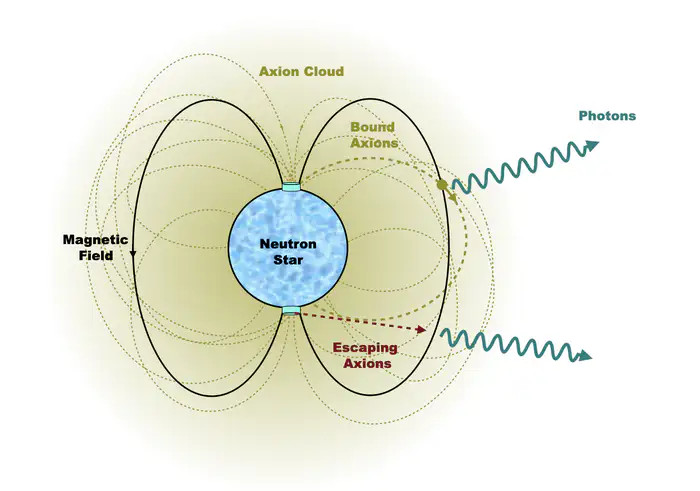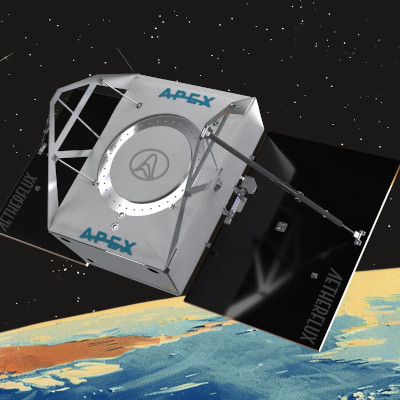Researchers at the University of Bonn have developed an Artificial Intelligence (AI) that works like a “chemical ChatGPT” to help create new medicines.
This AI works as a chemical language model. The researchers trained the chemical language model to predict chemical compounds, or molecules, that can interact with two specific proteins in the body at the same time.
This chemical ChatGPT generates the structures of chemical compounds that could potentially fight diseases more effectively by affecting multiple targets within the body.
This dual action is valuable in pharmaceuticals because it means a single drug could handle multiple tasks, like fighting cancer by blocking different processes that help cancer grow.
“Because compounds with desirable multi-target activity influence several intracellular processes and signaling pathways at the same time, they are often particularly effective – such as in the fight against cancer,” says research leader Jürgen Bajorath in a University of Bonn press release.
The researchers describe the methods and results of the study in a paper published in Cell Reports Physical Science.
The process involves teaching the AI with SMILES strings, which are like sentences but for chemistry, describing the structure of molecules.
The researchers trained the AI with over 70,000 pairs of SMILES strings.
One string described a molecule that targets only one protein, and the other string described a molecule that targets two. Through this training, the AI learned to understand the chemical differences between single-target and dual-target compounds.
The AI generates original, out of the box solutions
After the initial learning, the researchers fine-tuned the AI with specific examples to predict molecules that could target different types of proteins.
The results were promising. After fine-tuning, the AI was able to suggest molecules that are known to work against the desired pair of protein targets, showing that this method has practical applications.
The AI “often suggests chemical structures that most chemists would not even think of right away,” notes Bajorath. “To a certain extent, it triggers ‘out of the box’ ideas and comes up with original solutions that can lead to new design hypotheses and approaches.”
Let us know your thoughts! Sign up for a Mindplex account now, join our Telegram, or follow us on Twitter.


.png)

.png)


.png)



